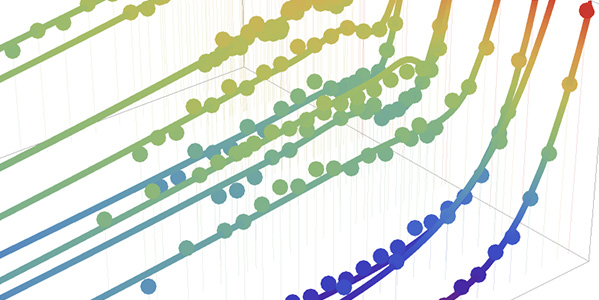Research
We use laser cooling and trapping techniques to produce ultracold gases of lithium atoms. These gases can be used to study exotic phases of matter and spin systems far from equilibrium.
Lab Space and Equipment
Our facilities and tools

Lithium Spectroscopy
We use a vapor cell containing heated lithium metal and a small amount of inert buffer gas. Using saturated absorption spectroscopy, we stabilize the wavelength of the laser to one of the resonance features, giving the laser system long-term stability.
To avoid magnetic fields created by current in the heater wires, we use a counter-wrapped pattern (pictured below) outside a mu-metal shield around the vacuum chamber.
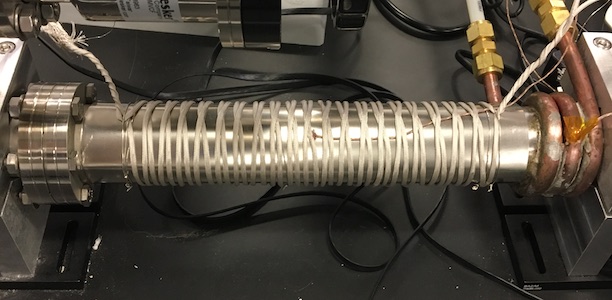
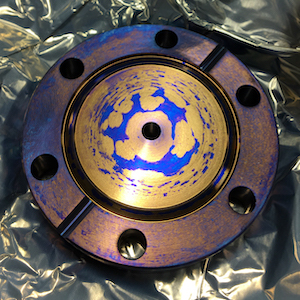
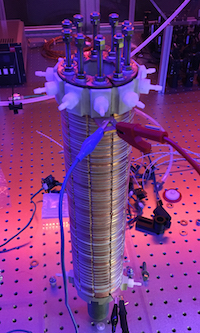
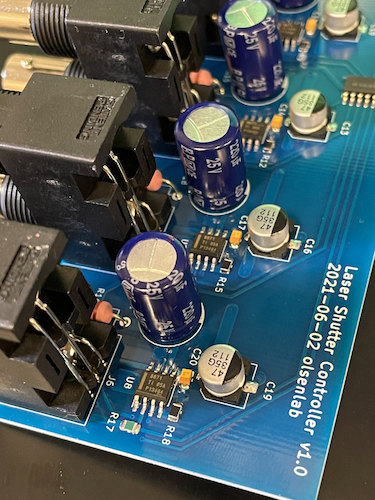

Laser Cooling & Trapping
The basics of making laser-cooled atomic gases
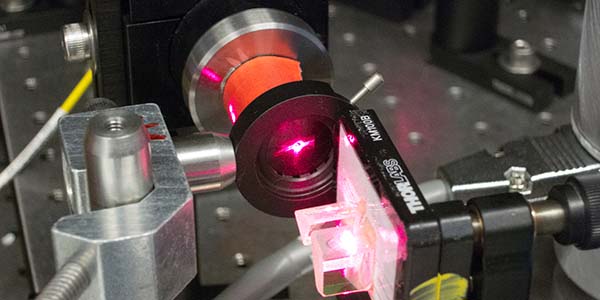
When an atom absorbs a photon of light, the momenutm carried by the photon gets added to the atom's momentum. Eventually, the atom wil re-emit the photon in a random direction, gaining momentum in the opposite (random) direction. After many absorptions (all in the same direction), and man emissions, the atom gains net momentum along the beam direction. Thus, using resonant beams of light, we can push atoms around.
Atoms moving towards or away from a laser beam will see all the photons Doppler shifted towards shorter or longer wavelengths. If we tune our lasers to have slightly longer wavelength (or redder color), then only atoms moving toward the laser will absorb light and get pushed. By tuning our laser wavelength, we can target atoms with specific velocities, creating an optical damping force. If we apply six such lasers, we can create an optical molasses, slowing any atoms that move in any direction.
Exotic Quantum Phases
Quantum Simulation, Many-body states
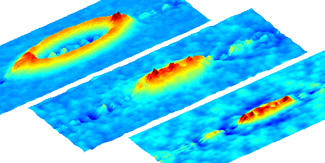
Spin Dynamics
Fermion systems far from equilibrium
